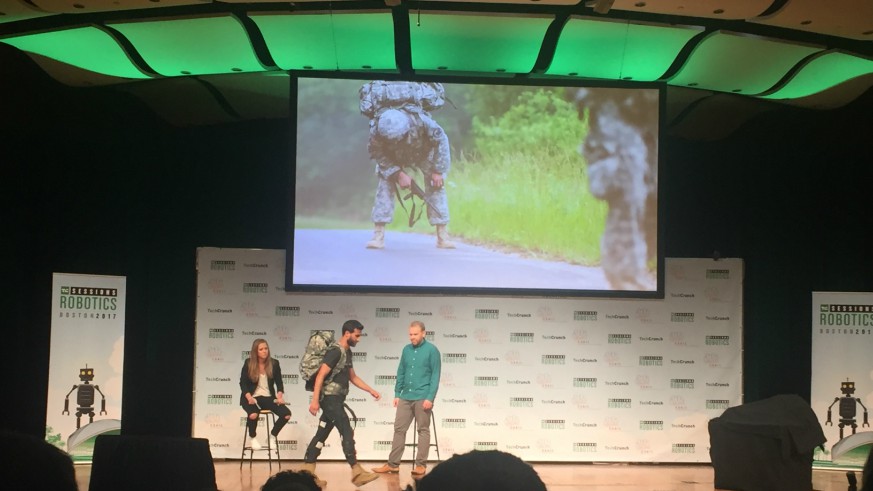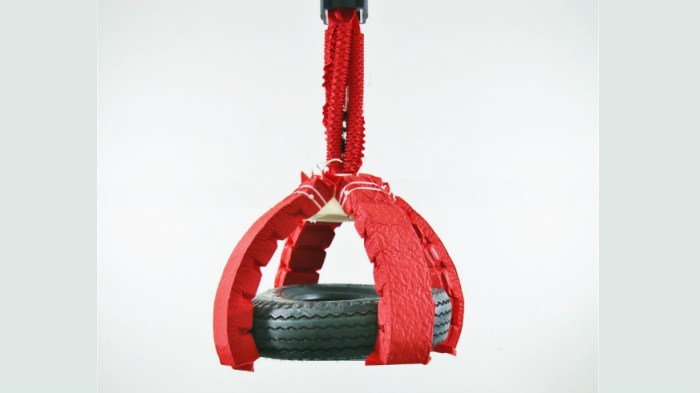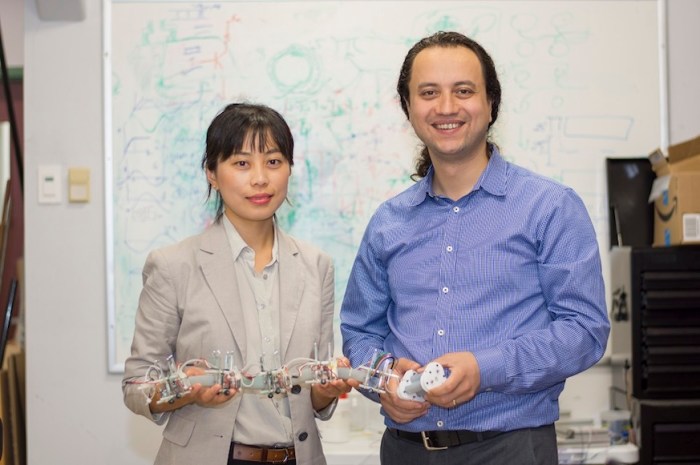Right now, roboticist Daniela Rus’ main aspiration is “to have a world where anyone can have a robot, where anyone can use a robot,” the MIT professor told TechCrunch Sessions: Robotics on Monday.
Rus, who is also the director of the Computer Science and Artificial Intelligence Laboratory at MIT, said that though the world of robotics has certainly made recent advancements, her dream isn’t possible quite yet.
“But just remember that only two decades ago, computation was a task reserved for an expert few, because computers were large, expensive and hard to use,” she said. “All that changed – now everyone uses computers – and I believe in the future, tasks will be equally changed by artificial intelligence.”
What followed throughout the one-day robotics event organized by tech media company TechCrunch was the musings of many immersed in the robotics world as to where we are exactly in the timeline of robot advancement, and how that advancement will affect humans.
Basically, we’re just at the beginning of developing robots, and we’re still pretty far from many developments and from the sci-fi situation of robots taking over the world.
In a talk about “robots, AI and humanity,” experts discussed the difficult goal of creating a “robot consciousness,” which would allow artificial intelligence to make ethical decisions and follow social cues.
“If you look at theology, humans are born without common sense,” said Dr. David Barrett, a professor of mechanical engineering at Olin College. “It’s an acquired skill – a little bit is better than none, a little bit more is better than that, until you get to a level of confidence to perform a job and interact with people. Computers and AI are far from that baseline point.”
Even though the tech behind robots still has a long way to go, people are already thinking about how robots and humans will coexist. If you fear robots taking over the world, or just all your job options, don’t worry.
“I think there is sometimes a misconception that automation is all about a direct line march from all people to all robots,” said Clara Vu, VP of engineering at Veo Robotics. “Really, in many ways, humans and robots have very complementary strengths: Robots can be fast and strong, but humans have flexibility and judgment.”
When people are looking for “robotic solutions” to problems, Vu said, they’re “looking for ways robot and humans can work together.”
How can robots and humans work together?
There are already more than 80,000 robots working in Amazon’s warehouses and fulfillment centers, said Tye Brady, chief technologist for Amazon Robots, at TechCrunch Sessions: Robotics on Monday.
Though the robotics world is still developing, Brady doesn’t expect – or want – robots to replace humans completely at Amazon.
“Humans are really great at creative problem-solving, abstraction and generalizations. Robots are really good at crunching numbers, pulling data, lifting heavy objects and moving with precision,” he said. “We have to think about how we can build systems that bring the strengths of each of these components together.”
To Brady, that collaboration will look like “a symphony of humans and robots fulfilling orders in a way the world hasn’t seen.”
That collaboration will extend into other businesses as well, like helping first responders or law enforcement officials react to a crisis.
Heather Ames of Neurala, a Boston-based “deep learning” software company, unveiled at the TechCrunch event a partnership between Neurala and Motorola Solutions in which artificial intelligence can help find a missing child.
The description of a missing child can be sent to body cameras on the uniforms of officers, she said, so that “thousands of eyes are scanning the crowd looking for a lost child.” The same system could also be applied to finding suspicious packages.
Drones can help first responders assess a catastrophic event, said Buddy Michini of Airware.
“They can take a drone for getting an overview of what’s happening and put [help] at, say, the most crashed building,” he said, adding that Airware sent drones to assist with a recent earthquake in Italy.
And robots can even be integrated right onto the human body, to augment human skills. David Perry from Harvard Labs demoed an “exosuit” at the event that straps robotics right onto someone’s legs.
This has two main applications, he said: to enhance the natural ability of healthy people and to restore ability that those with a physical impairment may have lost. For the first use, Harvard Labs has been working with the military to put these “robotic pants” onto soldiers, so they don’t get as tired while walking and carrying packs that often weigh more than 100 pounds.
The machine doesn’t control the user, Perry explained, but follows his moves, whether walking up a hill or stepping over rough terrain, combining the strengths of both robots and humans together in one use.



















